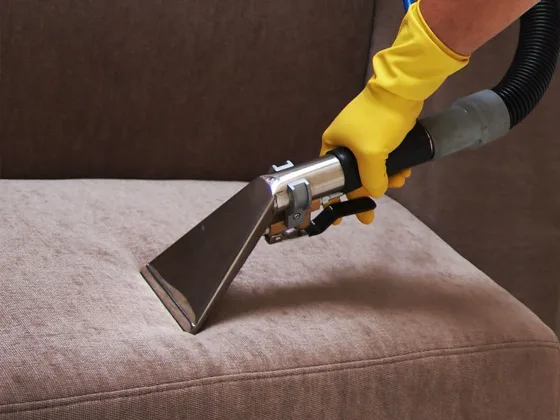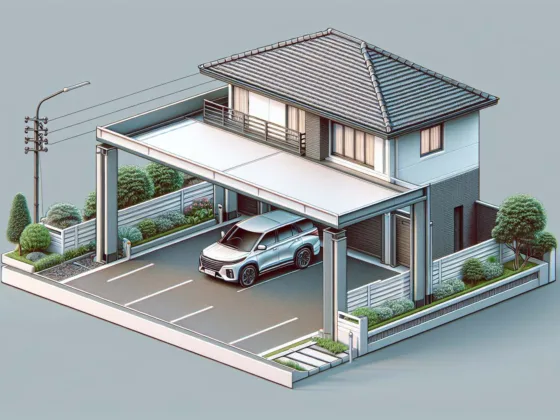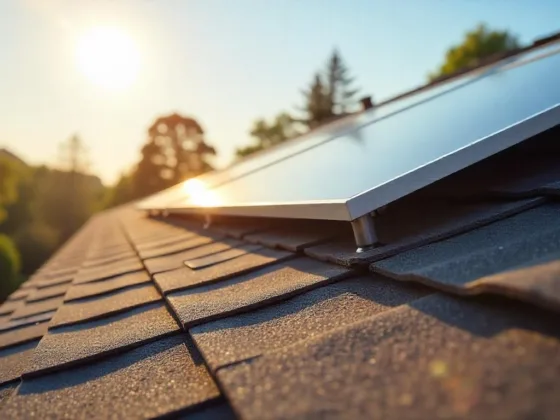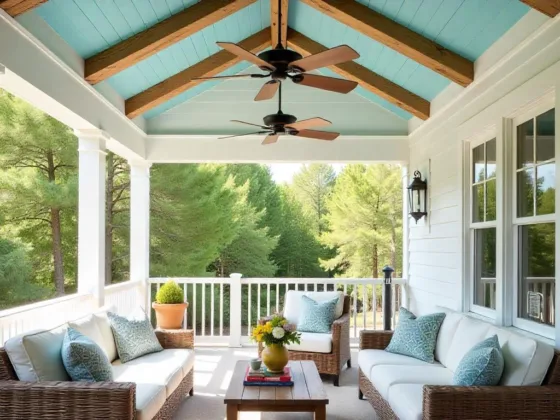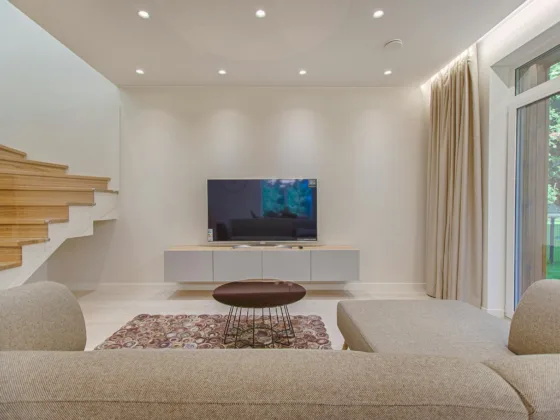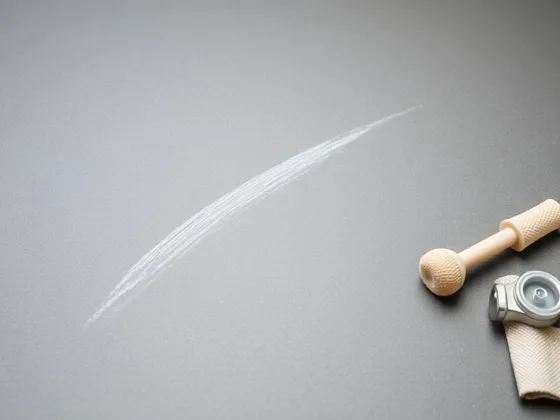Table of Contents Show
Introduction
Putting a metal roof over a shingle roof is an innovative solution for homeowners seeking to enhance their property’s durability and energy efficiency. This method involves installing metal roofing panels directly over the existing shingle roof, eliminating the need for a costly and labor-intensive tear-off process.
In this article, we will cover:
- The benefits of choosing a metal roof over shingles
- The installation process
- Different types of metal roofs suitable for shingle installation
- Key considerations and potential drawbacks
- Essential maintenance tips
This comprehensive guide aims to provide you with all the information needed to consider this method for your own roofing projects.
For those interested in additional home improvement tips, you can also learn how to repair a leaky roof the right way or get insights on how to get the right price from a home contractor by following these links.
By exploring these topics, you’ll be better equipped to make an informed decision about implementing this innovative roofing solution in your home.
Benefits of Choosing a Metal Roof Over Shingles
Opting for metal roofing over traditional shingles presents several compelling advantages. This innovative solution is gaining popularity due to its superior performance and long-term benefits.
Longevity and Durability
Metal roofing benefits include exceptional longevity and durability. Unlike asphalt shingles, which typically last 15-20 years, metal roofs can endure for 40-70 years, depending on the material. This extended lifespan translates to fewer replacements and repairs, reducing overall maintenance costs.
For instance:
- Steel roofs: Known for their strength and resistance to harsh weather conditions.
- Aluminum roofs: Lightweight yet durable, offering excellent corrosion resistance.
Energy Efficiency and Cost Savings
Metal roofs are highly energy-efficient, contributing to significant cost savings. Their reflective properties help deflect solar radiation, reducing cooling costs by up to 25%. Additionally, installing E-foil insulation beneath the metal roof further enhances energy efficiency by providing an effective barrier against heat transfer.
Consider these energy-efficient features:
- Cool roofing technology: Metal roofs with reflective coatings reduce heat absorption.
- Insulation compatibility: The ability to integrate with modern insulation materials like E-foil.
Environmental Sustainability
Choosing a metal roof is also an environmentally friendly decision. Most metal roofing materials are made from recyclable content and are fully recyclable at the end of their lifecycle. This reduces the demand for raw materials and minimizes waste in landfills.
Environmental benefits include:
- Recyclable materials: Metals such as steel and aluminum can be recycled indefinitely without degrading.
- Sustainable production: The manufacturing process often involves lower carbon emissions compared to traditional roofing materials.
These advantages underscore why many homeowners are shifting towards metal roofing solutions. For those interested in maximizing home efficiency and sustainability, considering a metal roof over shingles is a practical choice.
If you’re concerned about potential health hazards associated with home improvement projects, such as asbestos exposure and mesothelioma, it’s worth noting that metal roofs provide a safer alternative. Additionally, metal roofs offer an opportunity to utilize wasted space in your home, such as by incorporating attic conversions or rooftop gardens, further enhancing the value and functionality of your property.
Different Types of Metal Roofs for Shingle Installation
Choosing the right type of metal roof to install over shingles is crucial for achieving the desired performance and aesthetic appeal. Several metal options are suitable for this purpose, each with unique characteristics:
Copper Roofs
Copper roofs are known for their elegance and durability. Over time, copper develops a natural patina, which not only enhances its visual appeal but also provides an additional layer of protection against corrosion. This makes copper an excellent choice for those seeking a long-lasting and visually appealing roofing solution.

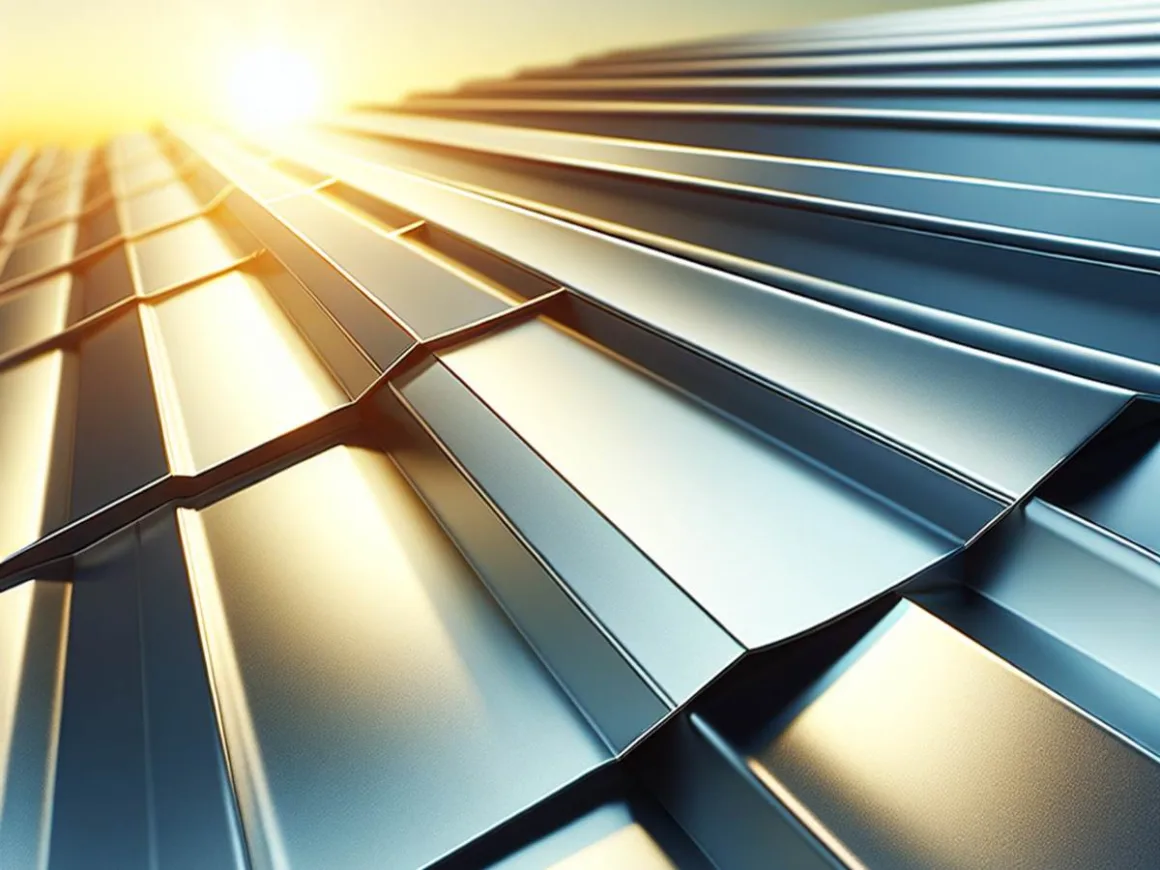
Aluminum Roofs
Aluminum roofs are valued for their lightweight nature and corrosion resistance. These qualities make them particularly suitable for installing over existing shingle roofs without adding excessive weight. Aluminum is also highly resistant to rust, making it ideal for areas with high humidity or coastal climates.
Zinc Roofs
Zinc roofs offer a unique combination of durability and low maintenance. Zinc naturally forms a protective layer known as patina when exposed to the elements, which helps it resist corrosion and self-heal minor scratches. This ensures that zinc roofs remain functional and aesthetically pleasing with minimal upkeep.
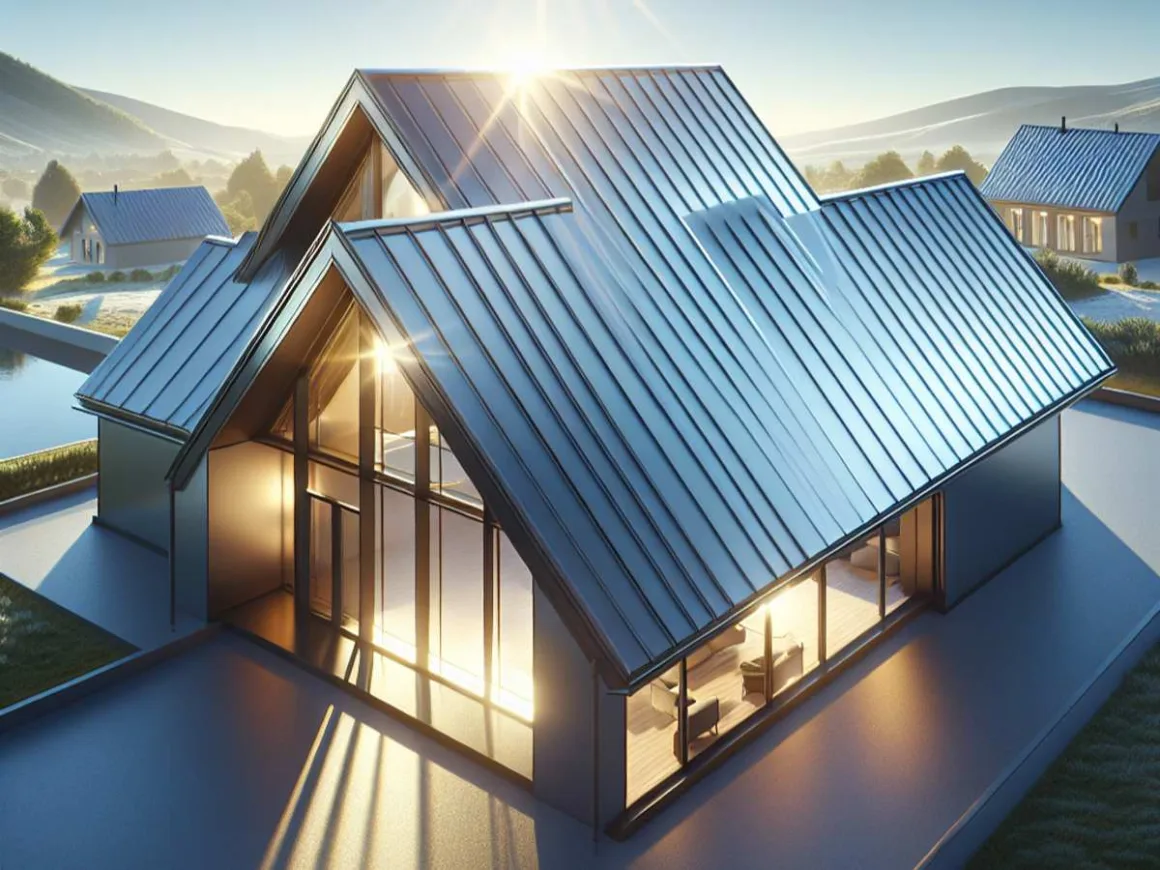

Steel Roofs
Steel roofs provide strength and versatility, often available in various coatings such as galvanized or galvalume to enhance rust resistance. They are typically more affordable compared to other metal options while still offering excellent durability. Steel roofing is particularly favored in regions prone to extreme weather conditions due to its robust structural integrity.
Each type of metal roof has its own advantages, making it suitable for different environmental conditions and aesthetic preferences. When choosing the right material, it’s important to consider factors such as climate, budget, desired appearance, and even aspects related to home insulation which can further impact energy efficiency and comfort.
Step-by-Step Guide: How to Install a Metal Roof Over Shingles
Introduction to the Installation Process
Installing a metal roof over an existing shingle roof involves several critical steps to ensure a durable and efficient roofing system. This guide will walk you through each phase of the metal roofing installation steps, emphasizing the importance of preparation and precision.
Step 1: Inspecting the Existing Shingle Roof
Before beginning the installation, thoroughly inspect your existing shingle roof. This step is crucial to:
- Assess the Condition: Examine for any damaged or missing shingles, leaks, or underlying structural issues.
- Make Necessary Repairs: Address any defects by replacing damaged shingles, fixing leaks, and reinforcing weak areas. Ensuring a solid foundation prevents future problems under the new metal roof.
Step 2: Preparing the Roof Surface
Proper surface preparation is essential for optimal adhesion and performance of the metal panels.
- Cleaning: Remove debris, dirt, and loose materials from the shingle roof. A clean surface ensures better contact between the shingles and metal panels.
- Applying Primer: Use a primer specifically designed for roofing applications. This step enhances adhesion and creates a smooth base for installing underlayment and insulation layers.
Step 3: Applying Underlayment and Insulation Layers
Underlayment and insulation play a vital role in protecting your home from moisture and improving energy efficiency.
Synthetic Underlayment
- Moisture Barrier: Synthetic underlayment provides an additional layer of protection against water infiltration. It is more durable than traditional felt paper, offering better resistance to tearing and degradation.
- Installation: Roll out the synthetic underlayment over the entire roof surface, overlapping each row by at least six inches. Secure it with roofing nails or staples, ensuring tight seams.
E-foil Insulation
E-foil insulation enhances energy efficiency by reflecting radiant heat away from your home.
- Energy Efficiency: Installing E-foil insulation can reduce cooling costs by reflecting up to 97% of radiant heat.
- Application: Place E-foil insulation directly on top of the synthetic underlayment. Use adhesive strips or staples to secure it in place, covering all parts of the roof uniformly.
By following these detailed steps for inspecting, preparing, and insulating your existing shingle roof, you lay a strong foundation for successful metal roofing installation. The next phase involves properly aligning metal panels and securing them to create a robust and long-lasting roofing system.
Considerations and Potential Drawbacks
When deciding whether to install a metal roof over existing shingles, there are a few things you should keep in mind:
1. Compliance with Local Building Codes
Different areas have their own rules and regulations for roofing projects. It’s essential to make sure that your plan to install a metal roof over shingles follows these local requirements. You can do this by checking the building codes in your area or consulting with a building inspector.
2. Professional Installation
Putting a metal roof over shingles is a complex task that requires expertise. Hiring experienced roofers is crucial to getting the job done right, safely, and efficiently. They know how to seal and align everything correctly, which is essential for preventing leaks and other problems. Plus, if any unexpected issues come up during the project, professionals will be able to handle them smoothly.
3. Vulnerability to Hail Damage
While metal roofs are generally sturdy, they can still get dented by hail. This is especially important to consider if you live in an area prone to severe weather. To reduce the risk of hail damage, you can either choose a type of metal that’s more resistant to dents or take extra protective measures. For example, opting for thicker gauge metals or textured finishes might offer better protection against hail.
These factors show why it’s crucial to plan carefully and seek expert advice when going for this innovative roofing option.
Maintaining and Maximizing the Performance of a Metal Roof Over Shingles
Ensuring the longevity and optimal performance of your metal roof requires routine maintenance. Here are some practical tips for maintaining your metal roofing system.
Regular Inspections
- Schedule Bi-Annual Inspections: Conduct inspections at least twice a year, ideally in spring and fall. Look for any signs of damage or wear.
- Check for Loose Fasteners: Examine the entire roof to identify any loose or missing fasteners. Tighten or replace them as necessary to secure the panels firmly.
- Inspect Seams and Joints: Pay close attention to seams and joints where metal panels overlap. These areas are prone to leaks and should be checked for integrity.
Addressing Surface Issues
- Identify Damaged Coatings: Look for any signs of peeling, chipping, or flaking coatings on the metal surface. Damaged coatings can expose the underlying material to corrosion.
- Apply Protective Sealants: Use appropriate sealants to cover minor scratches or exposed areas. This prevents moisture from penetrating and causing rust.
Preventing Corrosion
- Use High-Quality Paints: Consider applying specialized metal roof paints that offer UV protection and inhibit rust formation. Ensure the paint is suitable for your specific type of metal roofing.
- Regular Cleaning: Clean the roof periodically to remove debris, dirt, and organic matter that might retain moisture against the metal surface. A soft brush and mild detergent usually suffice.
Proactive Measures
- Install Snow Guards: In regions with heavy snowfall, installing snowguards can prevent large sheets of snow from sliding off suddenly, which could damage gutters or create hazards below.
- Monitor Nearby Trees: Trim branches that hang over your roof to reduce the risk of falling limbs causing dents or scratches.
By following these maintenance steps, you can significantly extend the lifespan of your metal roof while ensuring it continues to perform efficiently. Regular care helps in identifying potential issues early, allowing for timely repairs that prevent more extensive damage down the line. Proper maintenance not only protects your investment but also enhances the overall durability and energy efficiency of your roofing system.
Conclusion
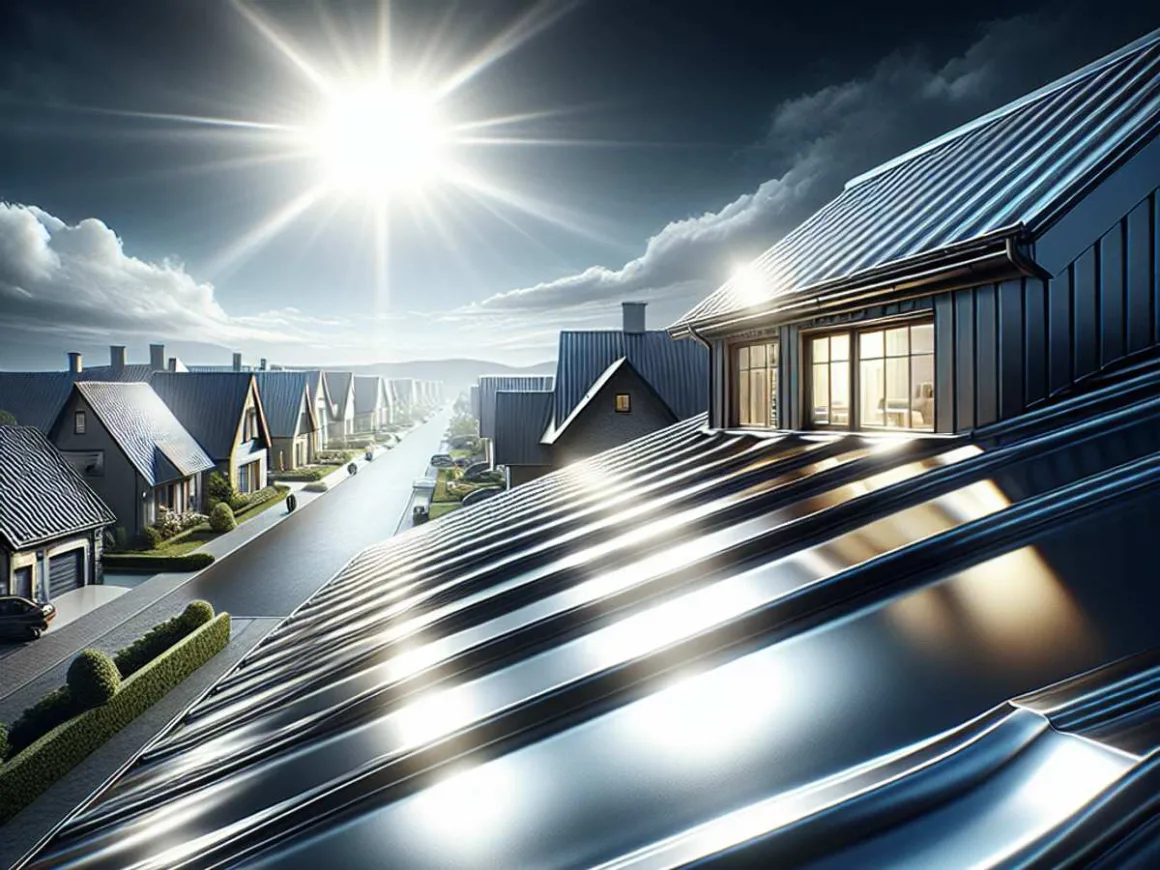
Choosing a metal roof instead of a shingle roof comes with many benefits that make it a great option for homeowners. This modern choice offers:
- Longer Lifespan and Stronger Build: Metal roofs can last much longer than traditional asphalt shingles, saving you money on repairs and replacements in the long run.
- Better at Keeping Heat In or Out: With improved insulation properties, metal roofs can help reduce your heating and cooling costs.
- Eco-Friendly Construction: Metal roofs are made from materials that can be recycled, making them a sustainable choice for environmentally-conscious homeowners.
Considering this type of roofing can bring you significant advantages. It’s best to talk to experts who can give you personalized advice based on your specific project requirements. These professionals will make sure that your metal roof meets all the local building regulations and is installed correctly, ensuring its optimal performance and durability.
For those who want to improve their home’s energy efficiency and lifespan, thinking about getting a metal roof instead of shingles could be the perfect solution.
FAQs (Frequently Asked Questions)
Putting a metal roof over a shingle roof is an innovative solution for homeowners. It involves installing a metal roofing system on top of the existing shingles, providing a range of benefits and advantages.
In this article, we will discuss the benefits, installation process, types of metal roofs for shingle installation, considerations, and maintenance tips to provide a comprehensive guide on how to put a metal roof over a shingle roof.
Metal roofing offers several key advantages compared to traditional shingles, including longevity and durability that can outlast asphalt shingles by decades, energy efficiency and cost savings through improved insulation properties, and environmental sustainability with the use of recyclable materials.
The main types of metal roofs suitable for installing over shingles include copper, aluminum, zinc, and steel. Each type has unique characteristics that contribute to the roof’s performance, such as the elegance and patina development of copper roofs or the lightweight nature and corrosion resistance of aluminum roofs.
The installation process includes inspecting the existing shingle roof, preparing the roof surface by cleaning and applying primer, applying underlayment and insulation layers, and ensuring proper sealing of the roof system. It is crucial to follow each step carefully to achieve a successful installation.
Homeowners should consider compliance with local building codes and regulations, ensuring professional installation by skilled professionals for safety and proper sealing of the roof system, as well as the potential vulnerability of metal roofs to hail damage despite their overall durability.
Homeowners can maintain their installed metal roof by conducting regular inspections to identify and fix any issues such as loose fasteners or damaged coatings. Applying protective sealants or paints can also help prevent corrosion over time and maximize the lifespan of the metal roof.
Homeowners should consider this innovative roofing solution for its potential long-term savings, environmental impact, and range of benefits such as energy efficiency, durability, and sustainability. Consulting with professionals for personalized advice on specific projects is recommended.

